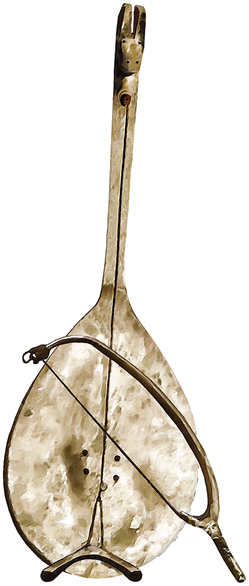This essay explores the kaleidoscopic world of Homer and Homeric poetry from a combined diachronic and synchronic perspective. Linguists refer to “synchronic” as a given structure that exists in a given time and space, and “diachronic” as a structure that evolves through time. Nagy argues that from a diachronic perspective, the structure known as Homeric poetry can be viewed as an “evolving medium.” From a diachronic perspective, Homeric poetry is not only an evolving medium of oral poetry, but it is also a medium that actually views itself diachronically. In other words, Homeric poetry demonstrates aspects of its own evolution. A case in point is “the Cretan Odyssey”—or, better, “a Cretan Odyssey”—as reflected in the “lying tales” of Odysseus in the Odyssey. The author claims that these tales give the medium an opportunity to open windows into an Odyssey that is otherwise unknown. In the alternate universe of this “Cretan Odyssey,” the adventures of Odysseus take place in the exotic context of Minoan-Mycenaean civilization.
